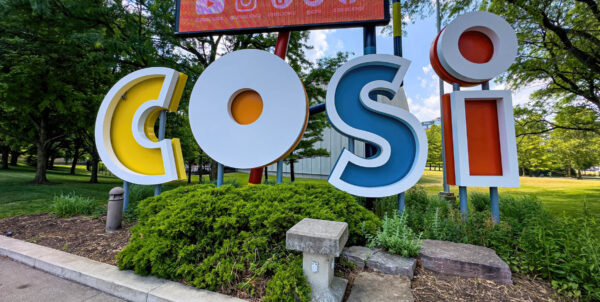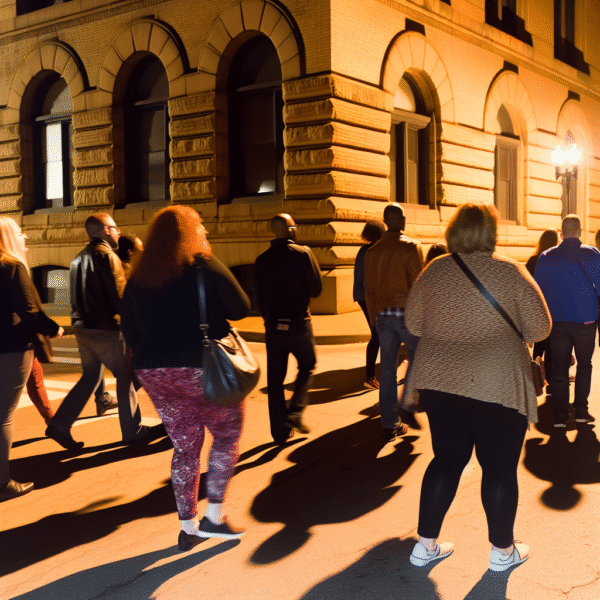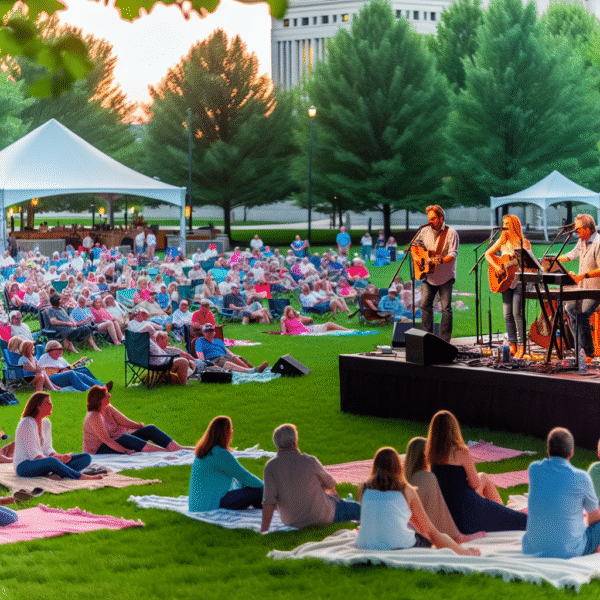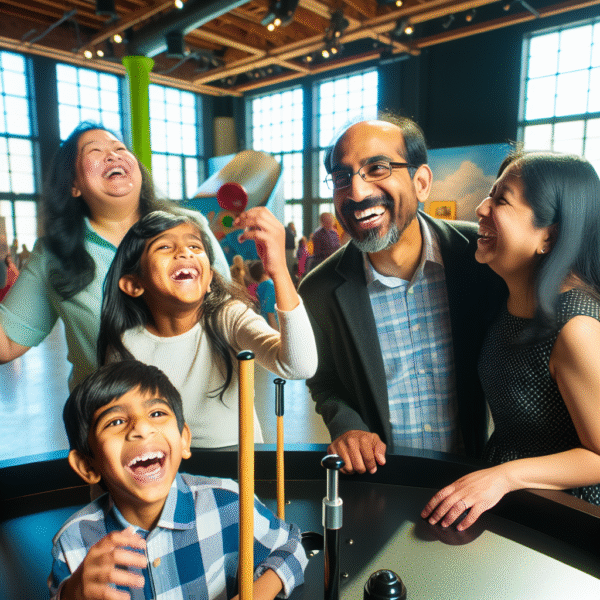The Ohio State University campus is a remarkable blend of history, innovation, and community. As one of the largest universities in the United States, OSU has experienced transformative growth since its founding in 1870. From grassy farmland to a globally recognized institution, the campus has evolved to reflect the changing tides of education, architecture, technology, and culture. Whether you’re a lifelong Buckeye or a first-time visitor, the story of this campus is one of ambition, identity, and evolution.
The Beginnings: Ohio State’s Agricultural Roots
Before the bustling urban university we know today, The Ohio State University began as the Ohio Agricultural and Mechanical College. Established through the Morrill Act, its primary mission was to offer practical education in agriculture and engineering. The original campus occupied 320 acres just north of downtown Columbus, surrounded by open fields and farmland. Early campus buildings were modest, but they laid the foundation for what would become a major institution. The emphasis on accessibility and practical learning made OSU a key player in post-Civil War American education.
The Oval: The Heartbeat of Ohio State
No landmark better symbolizes the Ohio State University campus than The Oval. This lush, open green space emerged in the early 20th century and quickly became the social and academic center of the university. Ringed by historic buildings like University Hall and Thompson Library, The Oval isn’t just a space—it’s a tradition. Students gather here to relax, protest, play Frisbee, or cross paths en route to class. It’s the connective tissue that holds the campus together and embodies the spirit of community at OSU.
Architectural Marvels: A Timeline in Brick and Stone
One of the most striking elements of the Ohio State University campus is its eclectic architecture, spanning more than a century of design trends. From the Romanesque elegance of Orton Hall to the Brutalist Thompson Library and the postmodern Wexner Center for the Arts, the campus is an evolving architectural exhibition.
-
Orton Hall (1893): Built from 24 types of Ohio stone and featuring a massive bell tower, this building is a favorite among architecture buffs.
-
Thompson Library: A pillar of student life, it has undergone major renovations to merge old-world charm with high-tech functionality.
-
Wexner Center for the Arts: Designed by Peter Eisenman, it reflects deconstructivist ideals and remains a hub for innovation and creativity.
Expanding Horizons: Post-War Growth Spurt
After World War II, the GI Bill brought thousands of veterans to college campuses, and Ohio State was no exception. Enrollment surged, prompting a rapid expansion of academic buildings, dormitories, and student services. The 1950s through 1970s saw the rise of new colleges, such as the College of Nursing and the College of Pharmacy, as well as increased research facilities.
This period also marked the birth of South Campus, as new dormitories sprang up to meet housing demands, and student life shifted to accommodate the growing population. It was an era of both opportunity and challenge, but one that firmly established OSU as a comprehensive university.
The Wexner Center and the Arts Scene
Opened in 1989, the Wexner Center for the Arts became a symbol of Ohio State’s commitment to the arts. With its bold design and focus on contemporary and experimental works, the Wexner Center has hosted internationally renowned exhibits, performances, and film screenings.
Beyond the Wexner, the university supports a thriving arts community, with facilities like the Hughes Hall for music, Hopkins Hall for visual arts, and performances by the OSU Marching Band—aka “The Best Damn Band in the Land.”
Going Green: A Sustainable Campus Movement
Sustainability has taken center stage in recent decades. The university launched major green initiatives focused on reducing carbon emissions, increasing energy efficiency, and integrating eco-friendly practices into campus operations.
Highlights include:
-
LEED-certified buildings like the Chemical and Biomolecular Engineering and Chemistry Building.
-
Campus-wide composting and recycling programs.
-
The Zero Waste initiative in Ohio Stadium during football season.
These efforts are shaping a future-ready campus that supports environmental health and responsible growth.
Buckeye Spirit: Athletics and Campus Life
No discussion of the Ohio State University campus is complete without mentioning Buckeye athletics. The Ohio Stadium, affectionately known as “The Shoe,” is a cornerstone of student pride and one of the largest stadiums in the U.S. OSU’s football tradition is legendary, but the university also excels in sports like basketball, wrestling, and track and field.
Athletics unify students, alumni, and fans. On game days, the campus transforms into a sea of scarlet and gray, and the excitement reverberates through every corner of Columbus.
Innovation and Research at the Core
Ohio State isn’t just about traditions—it’s also a leader in research and innovation. The campus is home to cutting-edge facilities like:
-
The James Cancer Hospital and Comprehensive Cancer Center
-
Byrd Polar and Climate Research Center
-
Center for Automotive Research
These hubs drive discoveries that impact not just Ohio, but the world. With over $1 billion in annual research expenditures, OSU is on the frontline of scientific, medical, and technological advancement.
Student Life: The Evolving Experience
From residence halls to multicultural centers, the student experience at OSU has grown in depth and inclusivity. With hundreds of student organizations, leadership programs, and service opportunities, students can shape their own path.
Noteworthy changes over the years include:
-
The growth of North Campus housing with modern dorms and dining.
-
Expansion of student wellness resources.
-
Development of programs supporting diversity, equity, and inclusion.
The Road Ahead: Campus in the Next Era
Looking forward, The Ohio State University campus continues to evolve. Major projects in the works include:
-
A state-of-the-art interdisciplinary research facility.
-
Expansion of the Innovation District on West Campus.
-
More green infrastructure and digital learning spaces.
With strategic planning and a forward-thinking approach, OSU is preparing for the needs of future Buckeyes.
More Than a Campus—A Living Legacy
The Ohio State University campus isn’t just a physical space—it’s a living legacy of progress, passion, and purpose. Its transformation reflects the changing landscape of higher education and stands as a symbol of what a university can achieve. As OSU continues to grow and innovate, it remains deeply rooted in the values that first shaped it over 150 years ago.
Want to see how the campus fits into the larger city? Explore more in Discovering Columbus: A Comprehensive Guide to the Arch City.






